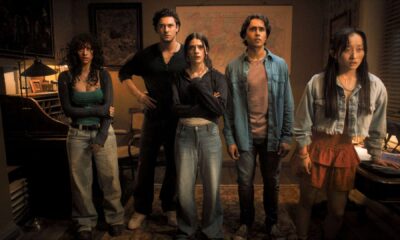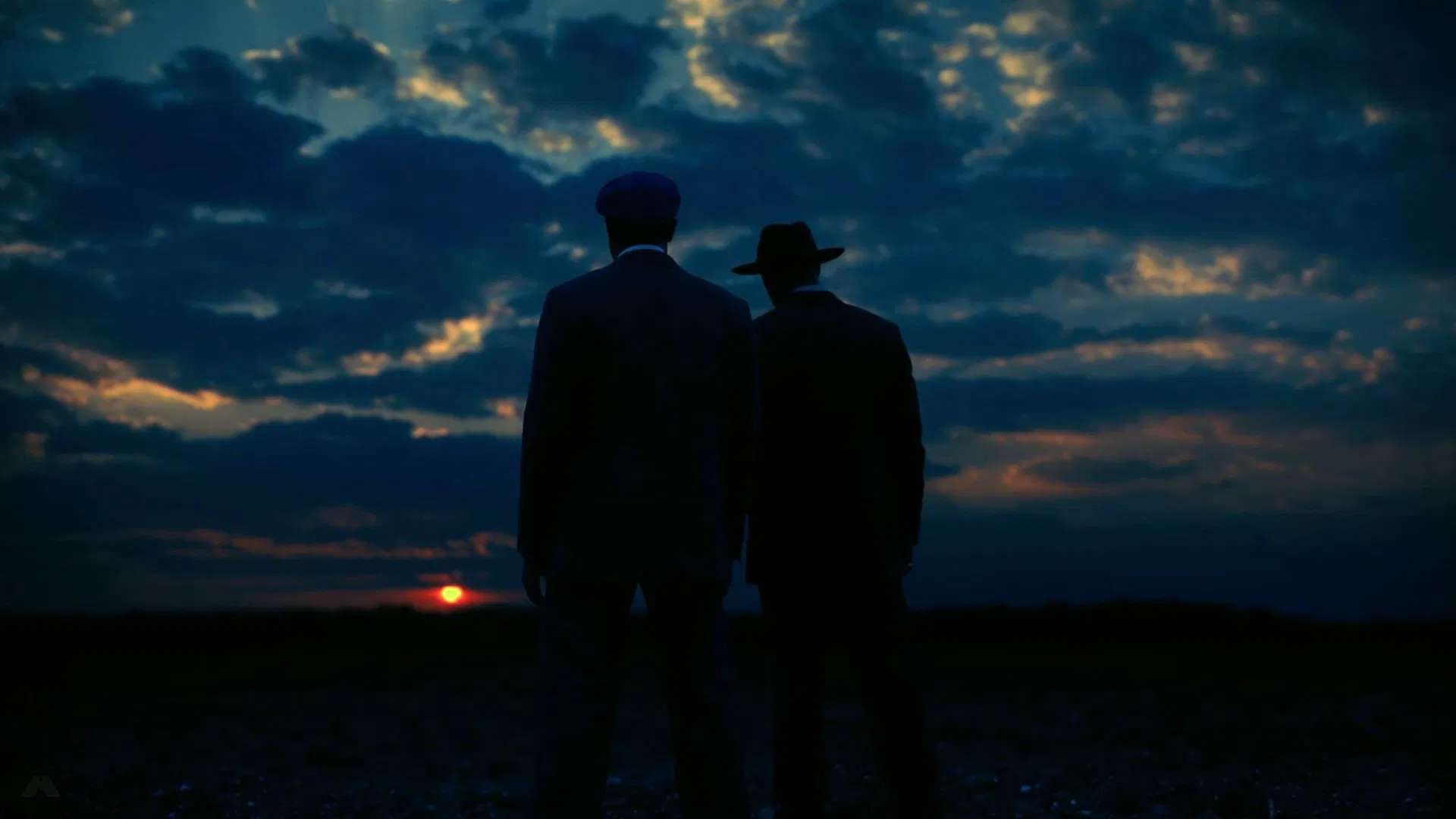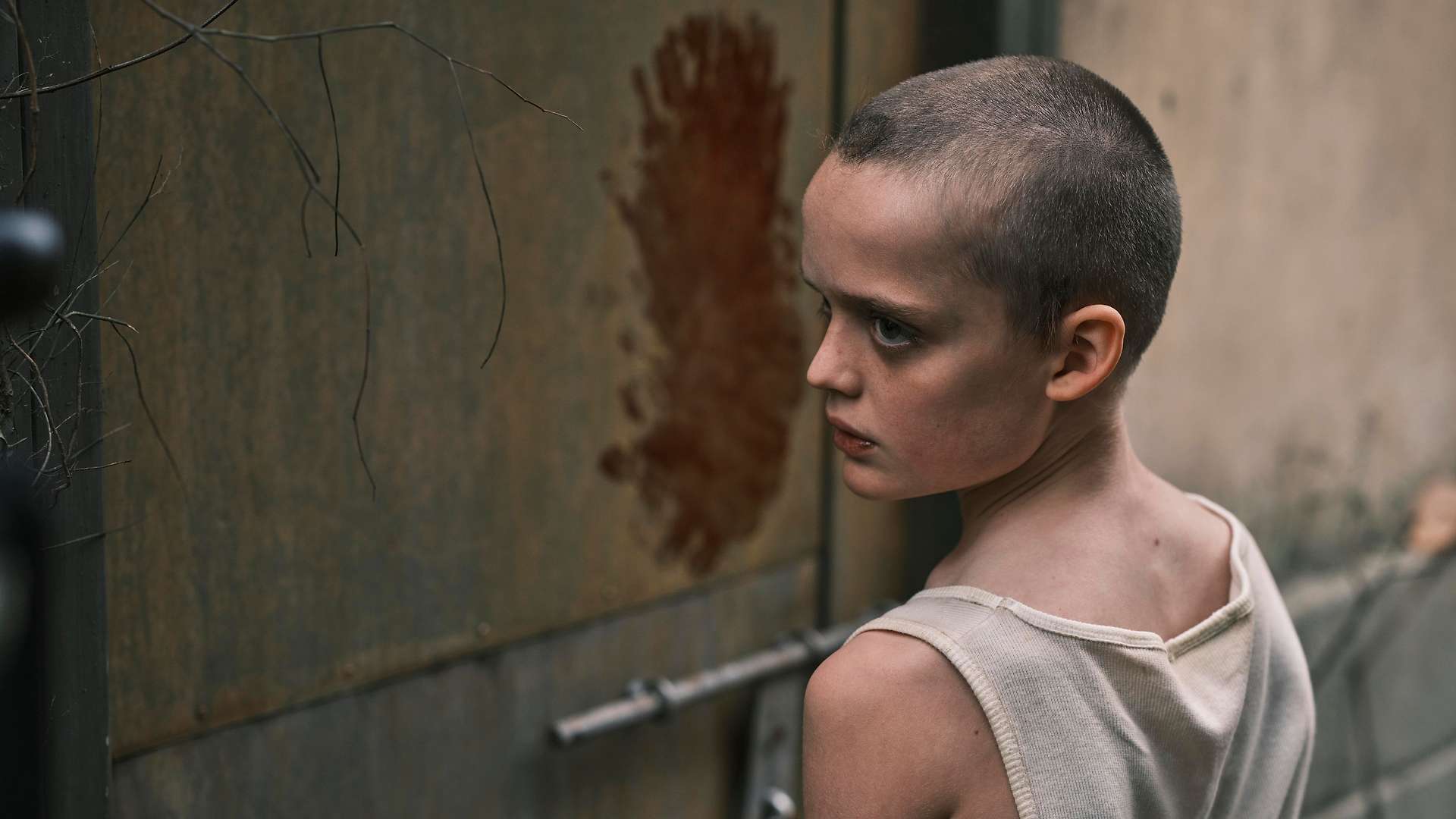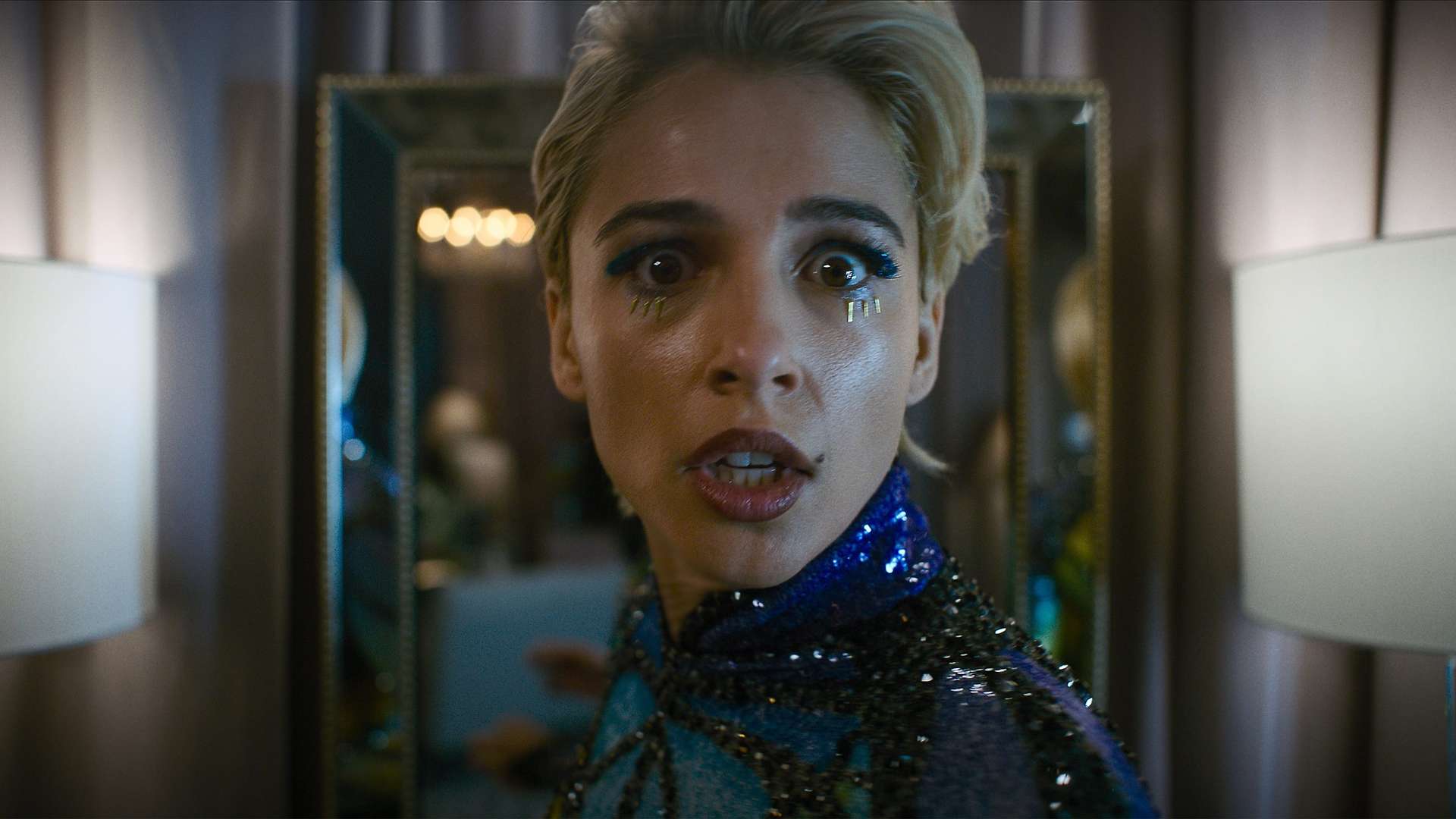Right, let’s talk about “The Substance,” a film that promises to explore the horrors of ageing, vanity, and self-destruction but instead delivers two hours of what can only be described as a perfume advertisement that’s been fed a steady diet of film theory essays and developed delusions of grandeur. It’s body horror for people who think body horror should come with subtitles explaining why it’s important.
Someone at Working Title looked at the concept of a woman literally splitting herself in two to recapture youth and thought: “You know what this needs? More confusion about basic narrative logic and approximately seventy-three lingering shots of buttocks.” The result is a film that functions like a philosophy seminar conducted by someone who’s never actually read any philosophy but has seen a lot of very artistic nude photography.
The premise is genuinely intriguing: Elisabeth, a woman confronting the twilight of her career and youth, discovers a mysterious substance that allows her to create a younger, more beautiful version of herself called Sue. It’s a concept ripe for exploration of identity, the male gaze, society’s obsession with youth – all the meaty psychological horror you could want. Instead, we get a film that seems more interested in photographing the results of good genetics than actually examining what any of this means.
The fundamental problem is that “The Substance” can’t decide what it wants to be. Is it a psychological thriller? Body horror? An art installation that’s somehow wandered into a cinema? The film approaches these questions like a particularly confused chatbot that’s been trained on equal parts David Cronenberg and Victoria’s Secret catalogues, resulting in something that feels like it was assembled by an algorithm designed to win film festival awards whilst simultaneously selling anti-ageing cream.
Let’s address the elephant in the room: the relationship between Elisabeth and Sue makes about as much sense as trying to explain quantum physics using only emoji. Sometimes they share memories, thoughts, and experiences like they’re the same person experiencing a very expensive dissociative episode. Other times they behave like completely separate individuals who just happen to be sharing real estate in the same supernatural rental agreement. The film never commits to an explanation, and not in a clever, thought-provoking way, but in a “we didn’t bother working this out during the writing process” way.
This isn’t ambiguity; it’s narrative negligence dressed up as artistic choice. By the fourth or fifth “wait, are they the same person or not?” moment, you begin to suspect that even the characters themselves have given up trying to understand the rules of their own existence. It’s like watching someone play a video game where the controls keep changing but nobody’s bothered to update the instruction manual.
The performances are perfectly adequate, which is rather like saying a house fire is perfectly warm. Elisabeth’s portrayal of a woman grappling with obsolescence is competent enough, whilst Sue spends most of her screen time looking like she’s posing for the sort of high-end magazine shoot that makes you question your life choices. But no amount of committed acting can save a script that’s more interested in appearing profound than actually being coherent.
And Christ, let’s talk about the male gaze situation, because “The Substance” is so drenched in it you could wring it out and water a small garden. The sheer volume of lingering shots of Sue’s body reaches levels that would make a teenage boy’s browser history look restrained. The film claims to be making a statement about objectification whilst simultaneously objectifying its own characters with the enthusiasm of someone who’s just discovered slow-motion photography and lost all sense of proportion.
Every frame seems designed to showcase Sue’s physique in ways that would make a perfume commercial director blush. It’s the cinematic equivalent of someone explaining feminism whilst staring directly at your chest – technically hitting the right talking points but missing the fundamental concept so completely that you wonder if they’re taking the piss.
The film pretends this hypersexualisation serves some greater artistic purpose, but mostly it feels like directorial self-indulgence masquerading as social commentary. You could remove half these shots and not only lose nothing of narrative value, you’d probably improve the film by eliminating the constant distraction of wondering whether you’ve accidentally stumbled into someone’s very expensive masturbatory fantasy.
For a film that bills itself as psychological body horror, “The Substance” delivers about as much genuine horror as a yoga class conducted by someone who’s read too many wellness blogs. There are moments of unease scattered throughout like raisins in a particularly disappointing bread, but they’re overwhelmed by the film’s relentless need to admire its own supposed cleverness.
The actual horror elements feel perfunctory, as if someone realised halfway through production that they were supposed to be making a scary film and hastily inserted a few “disturbing” moments between the artistic nudity and philosophical posturing. When the body horror finally arrives, it’s competently executed but lacks the visceral impact that comes from proper setup and character investment.
The film’s obsession with its own aesthetic prevents it from committing to any particular genre or tone. It wants to be “The Fly” meets “Black Swan” but ends up more like “Showgirls” meets a particularly pretentious TED talk about the patriarchy. Every potentially effective horror moment is immediately undercut by the film’s desperate need to remind you that this is Art with a capital A and possibly a small sculpture next to it.
The visual design is undeniably striking – all sleek surfaces and unsettling clinical environments that look like the sort of spa where you’d go to have your soul professionally exfoliated. But visual sophistication without narrative coherence is just expensive wallpaper, and “The Substance” is essentially a very pretty film about absolutely nothing happening very slowly in beautiful lighting.
The climax, when it finally arrives after what feels like seventeen hours of watching people look meaningfully at mirrors, resolves precisely nothing. Characters make choices that seem motivated more by the need to create visually interesting set pieces than by any logical progression of their established personalities or desires. It’s like watching someone solve a jigsaw puzzle by eating half the pieces and declaring the remaining chaos a statement about modern society.
“The Substance” represents everything wrong with contemporary “elevated” horror – films so convinced of their own importance that they forget to actually function as entertainment. It’s what happens when you take a genuinely interesting premise and run it through a focus group consisting entirely of people who buy £400 face cream and consider it a personality trait.
The film mistakes confusion for complexity, repetition for emphasis, and nudity for profundity. It’s a movie that desperately wants to say something meaningful about ageing, beauty standards, and female identity but gets so distracted by its own reflection that it forgets to actually say anything at all.
By the time the credits roll, you’re left with the distinct impression that you’ve just watched someone spend two hours explaining a joke that wasn’t funny to begin with, using PowerPoint slides featuring artistic shots of human anatomy. It’s the cinematic equivalent of paying premium prices for a philosophy course taught by someone who’s confused Instagram captions with actual insight.
“The Substance” is proof that having something to say and actually saying it are two entirely different things. It’s a film that confuses style with substance – which, given the title, represents either profound irony or complete lack of self-awareness.
The Substance
Summary
Did the film make me think? Yes, but only in the why did I bother? sense. Did it leave an impact? Sure—an impact in the way stepping on a rake leaves an impact.

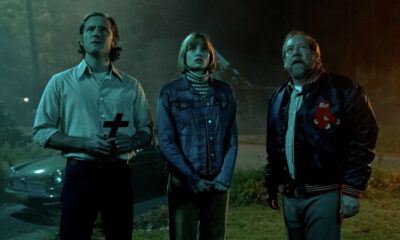
 Films1 year ago
Films1 year ago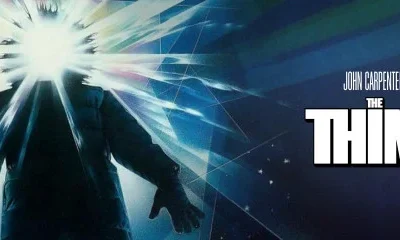
 Films2 years ago
Films2 years ago
 TV Shows2 years ago
TV Shows2 years ago
 TV Shows2 years ago
TV Shows2 years ago
 Video Games2 years ago
Video Games2 years ago
 Films2 years ago
Films2 years ago
 Video Games2 years ago
Video Games2 years ago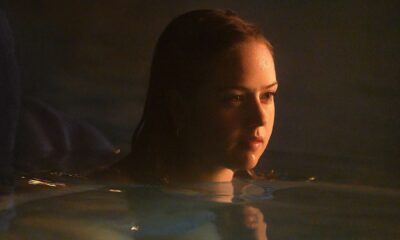
 Films2 years ago
Films2 years ago








